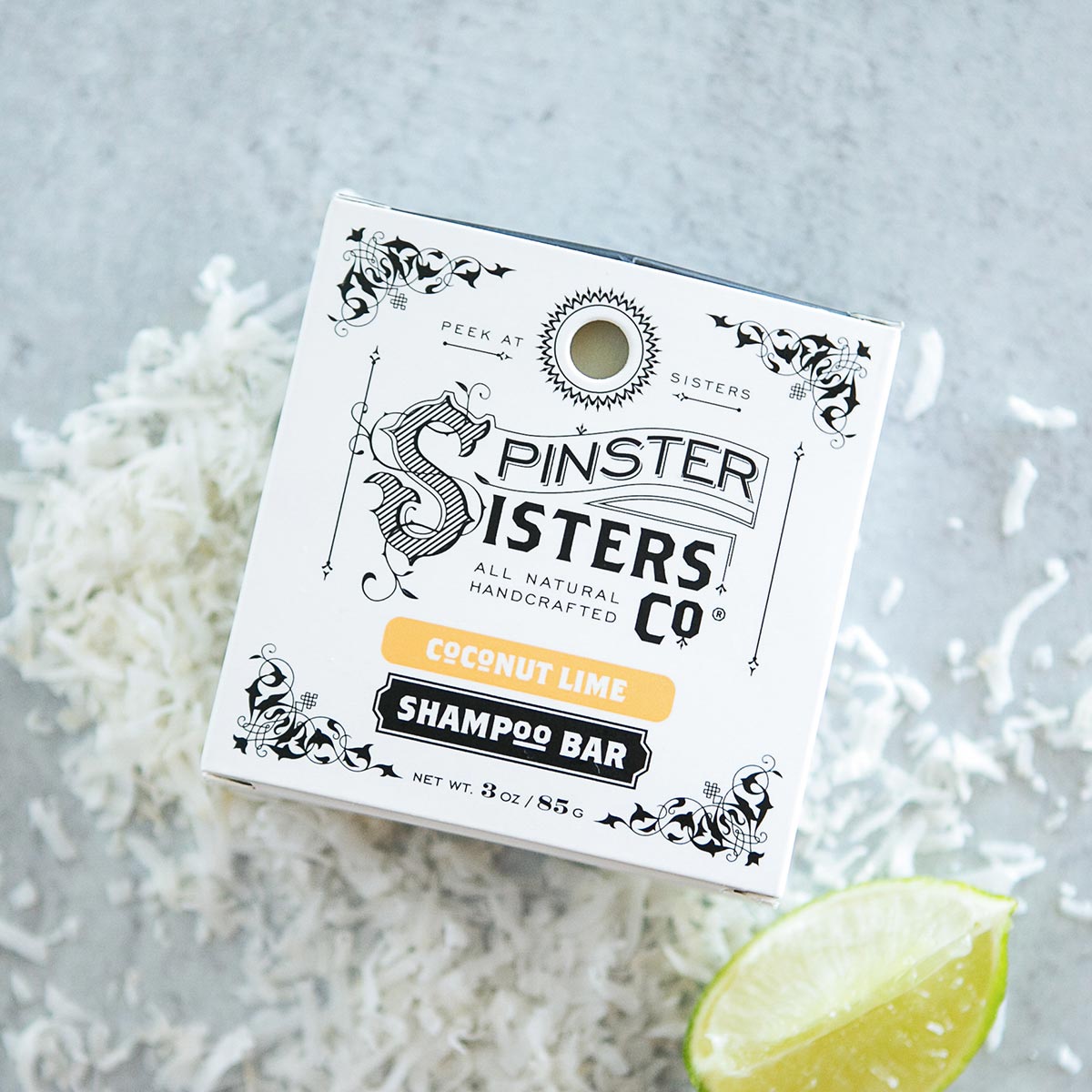Rub the shampoo bar into a lather and apply to the ends of your hair first. Work the soap up to your scalp and gently scrub. You can rinse your hair with Apple Cider Vinegar or White Vinegar for extra softness. To get truly silky, baby-soft tresses, skip the vinegar rinse and use our Conditioner Bar. Store in a dry space away from moisture.
For more details, check out this article.
About This Product
How To Use
Ingredients

Frequently Asked Questions
Keep them dry, and out of sitting water. Just like Soap left in a wet environment, the shampoo bars will get soft, and seemingly melt when left in a moist environment. We recommend using soap dishes that will help keep your bar out of moisture. I always recommend standing your bar on its side, so that the air can dry the most surface area.
- Wet both your hair and the shampoo bar.
- Gently massage the bar in circular motions onto your wet hair to create a rich lather.
- Set the bar aside and use your hands to distribute the lather throughout your hair.
- Rinse thoroughly and apply conditioner if desired.
- Dry your hair and revel in its newfound lightness and brightness.
There could be several reasons why your hair doesn’t look so good after using it. Here are some common factors:
- Transition Period - when switching from traditional liquid shampoos to shampoo bars. You can alleviate this concern by using a 1:1 water/vinegar solution to rinse your hair after first use. After that, you should be good to go.
- Hard Water - The hardness of the water in your area can affect how well shampoo bars work.
- Using too much.
- Incompatible with Hair types - Shampoo bars may not be suitable for all hair types. Some bars are formulated for specific hair types, so it's essential to choose one that matches your hair type and needs.
- Residue from different products - If there is residue from previous hair products in your hair, it can affect the performance of the shampoo bar.
- Ingredients - Check the ingredients of the shampoo bar to make sure there are no potential irritants or allergens that could be causing an adverse reaction.












